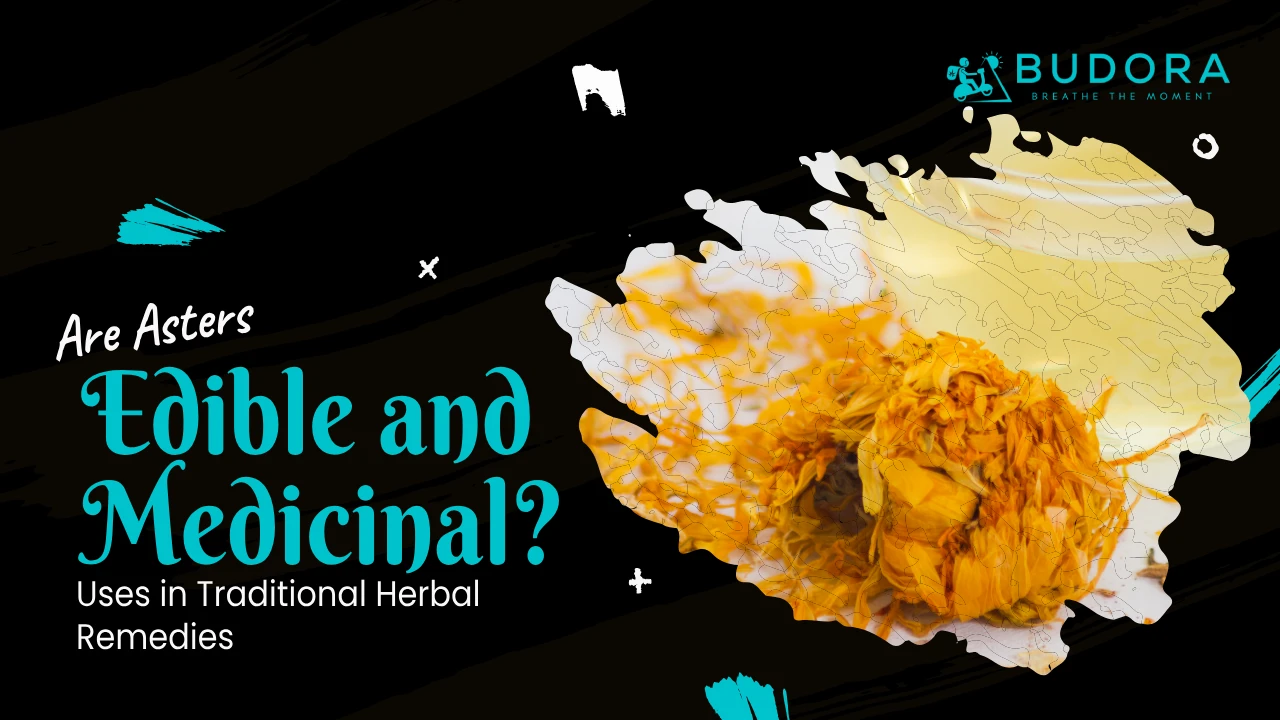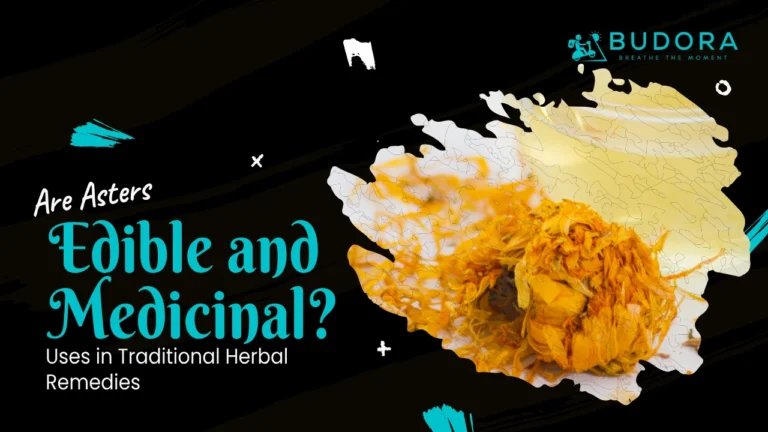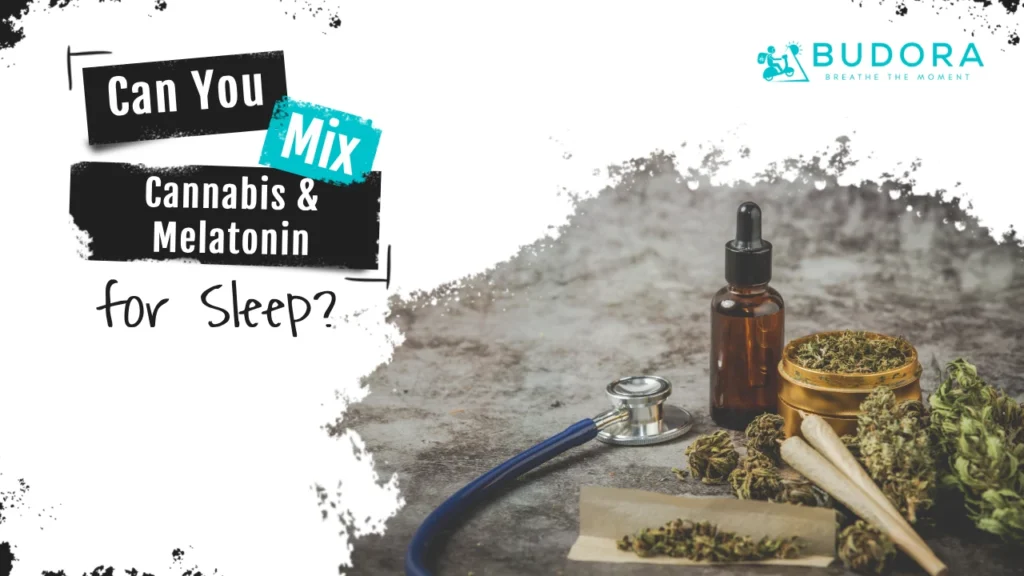Blog


Are Asters Edible and Medicinal? Uses in Traditional Herbal Remedies
- Budora Team
- No Comments
Asters, with their vibrant blooms and rich history, are more than just ornamental plants. They have been utilized for both culinary and medicinal purposes across various cultures, particularly in North America and Asia. This article delves into the edibility and medicinal applications of asters, highlighting their significance in traditional herbal remedies.
Key Highlights
- Certain species of asters are edible and have been traditionally used in salads, soups, and herbal teas by Indigenous communities.
- Asters, especially Aster tataricus and New England aster, possess medicinal properties effective for respiratory, digestive, and nervous system support.
- Rich in flavonoids, saponins, and polysaccharides, asters offer anti-inflammatory, expectorant, and immune-boosting health benefits.
Understanding Asters: A Brief Overview
Asters belong to the Asteraceae family, encompassing over 600 species worldwide. Commonly found in North America, these perennials are known for their star-shaped flowers, which bloom in late summer and fall. Beyond their aesthetic appeal, certain aster species have been recognized for their edible and medicinal properties.
Are Asters Edible?
Yes, several aster species are edible. Historically, Indigenous communities in North America have incorporated asters into their diets. The young leaves and shoots can be consumed raw or cooked, often added to salads or used as greens. The flowers, with their mild flavor, serve as garnishes or ingredients in herbal teas.
For instance, the New England aster (Symphyotrichum novae-angliae) has been used by the Ojibwe people, who included its leaves in soups and stews. Similarly, the roots of certain aster species were boiled and eaten, offering a taste reminiscent of Jerusalem artichokes.
Medicinal Uses of Asters in Traditional Remedies
Asters have played a significant role in traditional medicine, particularly in treating respiratory ailments. In Traditional Chinese Medicine (TCM), Aster tataricus (known as Zi Wan) has been used for over 2,000 years to address coughs, asthma, and bronchitis. Modern studies have identified compounds in Aster tataricus that exhibit anti-inflammatory, expectorant, and antimicrobial properties.
In North America, Indigenous tribes utilized asters for various medicinal purposes. The Iroquois prepared decoctions of aster roots to treat venereal diseases and as a laxative. The Ojibwa used infusions of aster roots to alleviate headaches.
Additionally, the New England aster has been recognized for its calming effects, acting as a sedative similar to valerian, and comparable to high-THC indica strains known for promoting sleep. Its applications extend to supporting the digestive, nervous, and respiratory systems.
Phytochemical Constituents and Health Benefits
Asters are rich in bioactive compounds that contribute to their medicinal properties:
Flavonoids
Compounds like quercetin and kaempferol found in asters possess antioxidant and anti-inflammatory effects, potentially aiding in reducing oxidative stress and inflammation.
Saponins
Present in Aster tataricus, saponins exhibit expectorant properties, making them effective in treating respiratory conditions.
Polysaccharides
These compounds have been linked to immunomodulatory and anti-tumor activities, suggesting potential benefits in enhancing immune response and inhibiting tumor growth.
The presence of these constituents underscores the therapeutic potential of asters in traditional and modern herbal medicine.
Preparing Asters for Consumption
Aster Tea
A common method to harness the medicinal properties of asters is by preparing herbal tea.
- Ingredients: Fresh or dried aster leaves and flowers.
- Preparation
- Boil 1 cup of water.
- Add 1-2 teaspoons of dried aster (or 2-3 teaspoons of fresh aster) to the boiling water.
- Let it steep for 10-15 minutes.
- Strain and enjoy the tea warm.
This tea is traditionally used to relieve respiratory issues, ease digestive discomfort, and promote relaxation, much like the calming effects people often seek from THC edibles.
Aster Tincture
For a more concentrated form, aster tinctures can be prepared:
- Ingredients: Fresh aster flowers and leaves, high-proof alcohol (such as vodka).
- Preparation
- Fill a glass jar halfway with fresh aster leaves and flowers.
- Pour alcohol over the plant material until it is fully submerged.
- Seal the jar tightly and store it in a cool, dark place for 4-6 weeks, shaking it occasionally.
- After the tincture has steeped, strain the liquid into a clean bottle.
Tinctures are typically used in small doses to support respiratory health and to alleviate pain, much like CBD honey tinctures are used for various therapeutic purposes.
Safety Considerations
While many aster species are edible and medicinal, it’s crucial to:
- Correctly Identify Species: Some plants may resemble asters but could be toxic.
- Consult Professionals: Before incorporating asters into your diet or health regimen, consult with a healthcare provider or a knowledgeable herbalist.
- Moderation: As with any herbal remedy, use asters in moderation to avoid potential adverse effects.
Conclusion
Asters, beyond their ornamental beauty, offer a wealth of edible and medicinal benefits rooted in traditional practices. Their applications in treating respiratory ailments, digestive issues, and promoting overall well-being highlight their significance in herbal medicine. As interest in natural remedies grows, asters stand out as a testament to the healing power of plants, much like the growing demand for herbal wellness solutions accessed through weed delivery in Vancouver.
FAQs
Is the aster plant safe to eat raw?
Yes, young leaves and flowers of certain aster species can be eaten raw, but it’s best to properly identify the species and consume in moderation.
Which parts of the aster plant are medicinal?
The roots, leaves, and flowers are all used in traditional remedies, especially for respiratory and digestive health.
How do you prepare asters for consumption?
Asters can be eaten raw, cooked like greens, or brewed into teas. Some also use tinctures made from the flowers and leaves.
Are there any side effects or risks in consuming asters?
While generally safe, some species may cause allergic reactions or be toxic if misidentified. Always consult an expert before use.
Can aster tea help with coughs and respiratory issues?
Yes, traditional uses of asters include treating coughs and bronchitis, especially Aster tataricus in Chinese medicine.
Where can I find edible asters?
Asters grow wild in many regions, but it’s important to harvest responsibly and ensure correct identification.
Do asters have nutritional benefits?
Yes, asters contain antioxidants like flavonoids which may help reduce inflammation and support immune health.
How do asters compare to other edible flowers?
Asters have a mild, slightly bitter flavor and offer unique medicinal benefits, making them distinct from many common edible flowers.
Like this article?

Budora Team
OTHER ARTICLES YOU MAY LIKE



